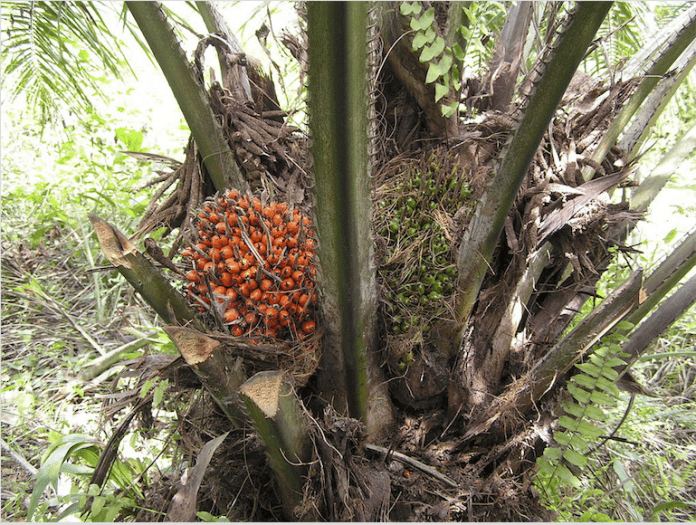The government must lift the restriction on foreign workers particularly in the plantation sector in order for it to enjoy the bounties of rising prices of oil palm which currently is around Rm3,400 per metric tonne, a spokesperson in the plantation sector says.
“The sector is losing approximately around RM1.5 billion to RM2 billion a month or an estimated to RM18 billion to RM20 billion per year on account of the shortage of labor,” Malaysian Palm Oil Association (MPOA) chief executive officer Datuk Nageeb Wahab told Business today.
He said that the production of palm oil has already been down by 20% to 30% this year on account of the labour crunch and the government must consider lifting the freeze immediately so that the Golden crop can make its contribution to the economy at a time that the economy is severely hit.
In 2019, the gross domestic product (GDP) contribution from palm oil in Malaysia was estimated to be at 2.7 percent of its GDP. Palm oil is one of Malaysia’s primary industries and its main agricultural export globally.
On shortage of workers in the sector, Nageeb says that there was already a shortage of 36,000 last year to 70,000 workers this year adding that the shortage of workers was felt by big plantation workers and the smallholders.
He said that while the palm oil sector was allowed to operate during the MCO2.0 period, planters are constrained by labour shortage and not able to take advantage of high CPO prices. “Most of the fruit harvesters are foreign workers and the shortage of the most integral part of the estate’s operation is weighing the industry heavily, “he said.
Nageeb said that firm CPO prices were also attributed to supply risks of competing oils from the adverse weather conditions in Canada and the United States as well as the shortfall in CPO production. “If the prices stay above RM3000, it would be a boon for the industry, “ he said.
On mechanisation of the industry, Nageeb said that the industry was making inroads in terms of technology but it was still a “brawn” industry adding that particularly harvesting the fruits was the most difficult part of the industry and it was difficult to automate this part of the industry.
He said that it was why it was crucial to ensure a sufficient supply of workers in the industry in order to ensure the industry was profitable









